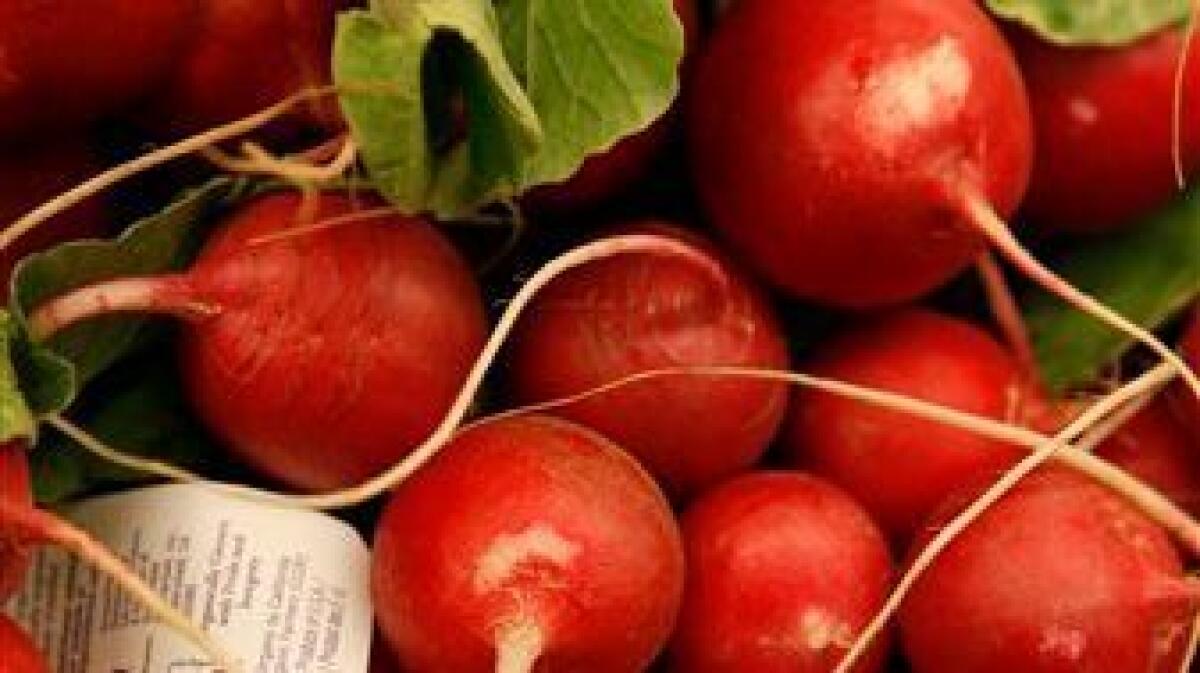For SoCal veggie gardeners, fall’s warm soil makes this ‘a fabulous time to plant’

Fall is prime planting time in Southern California. The bugs are fewer, water demands lighter and the plants happier, if they’re the cool-clime varieties that prefer mild SoCal winters.
Plus: Many cool-weather crops are sloooow growers, so planting in early fall gives them ample time to mature, said Lucy Heyming, a master gardener and host of the “Gardening With Lucy” show on RiversideTV.
“If you plant [in fall], the soil is still nice and warm, so your seeds and little plants develop faster than in cooler soil,” Heyming said. “It’s a fabulous time to plant.”
Choose a spot with at least eight hours of sun. Clean up any garden debris that could harbor disease or pests and amend the soil with compost or aged manure.
If you’re using pots, start with fresh soil. (Put the old soil in your compost pile.) Don’t over water because that leads to rot in cool temperatures. Push your finger about an inch into the soil, and water only if it feels dry.
Here are 10 cool-weather vegetables to plant now. For inspiration and advice, Heyming recommends her two favorite sources, "52 Weeks in the California Garden" by gardening guru (and former Los Angeles Times gardening editor) Robert Smaus and Sunset's "Western Garden Book of Edibles":
Beets
Beets grow well from seed, so try a mix of colors planted in monthly intervals to stagger your harvest. Thin to 3 inches apart and use the baby leaves and roots in soups or salads, but Heyming says it’s easier to just space the seeds when you plant to get full formed beets “because I know I’m never going to get out there to thin.”
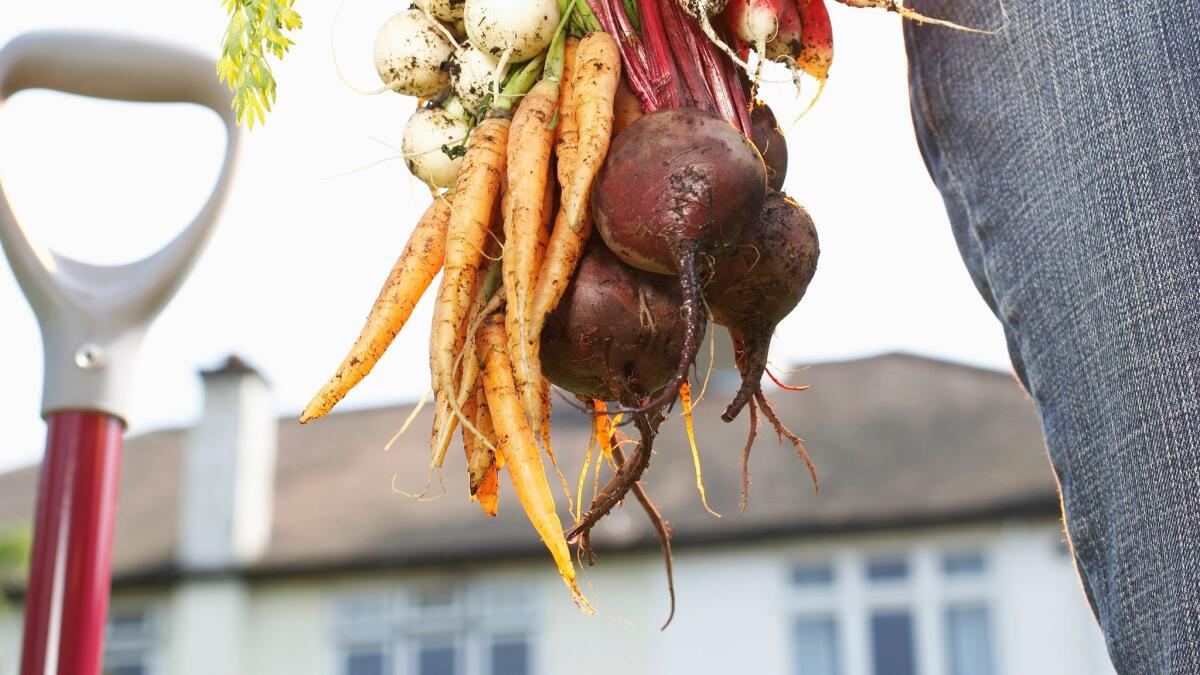
Broccoli
These green behemoths are prolific producers and easy to grow from nursery starts. “They’re the vegetable that keeps on giving,” Heyming says. “I’ll have mine maybe six months.” Plant broccoli and other brassica seedlings deep — beyond the second row of leaves — so their stems grow straight and sturdy.
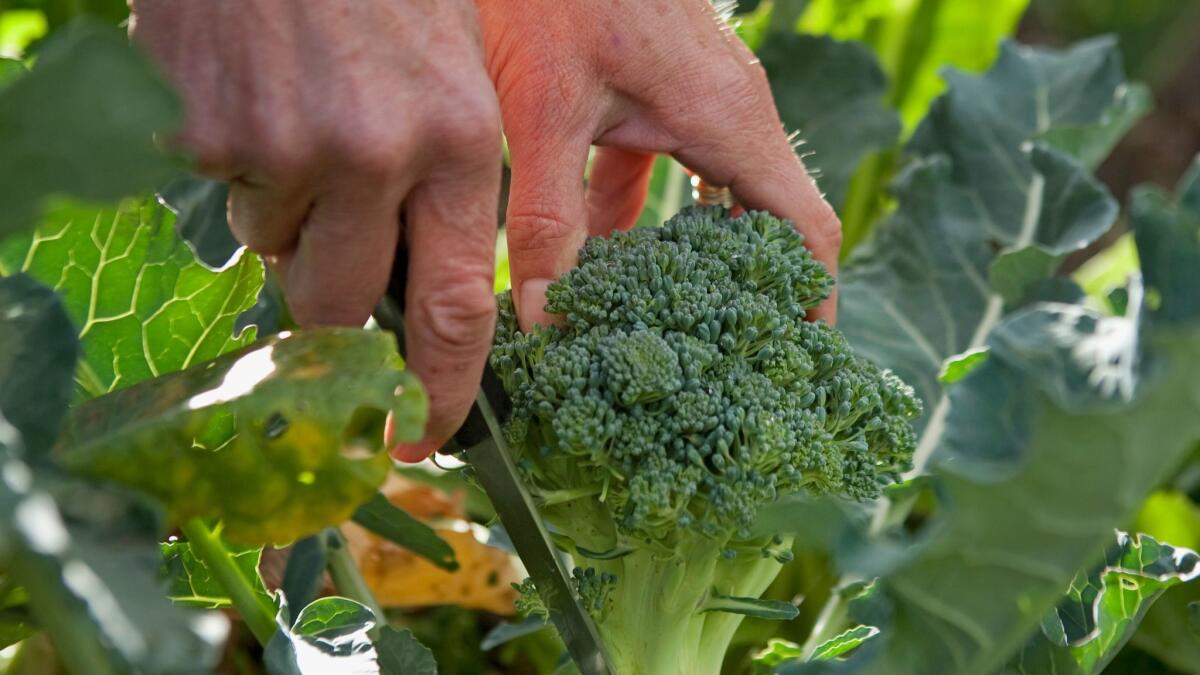
Cabbage
Slow growers that take up a lot of space, about 2 feet square, Heyming says. “These need to be well spaced too, but I always grow a few because I love the way they look.” Unlike other vegetables, cabbages will wait a bit to be harvested, unless it turns hot. Then watch them go to flower.
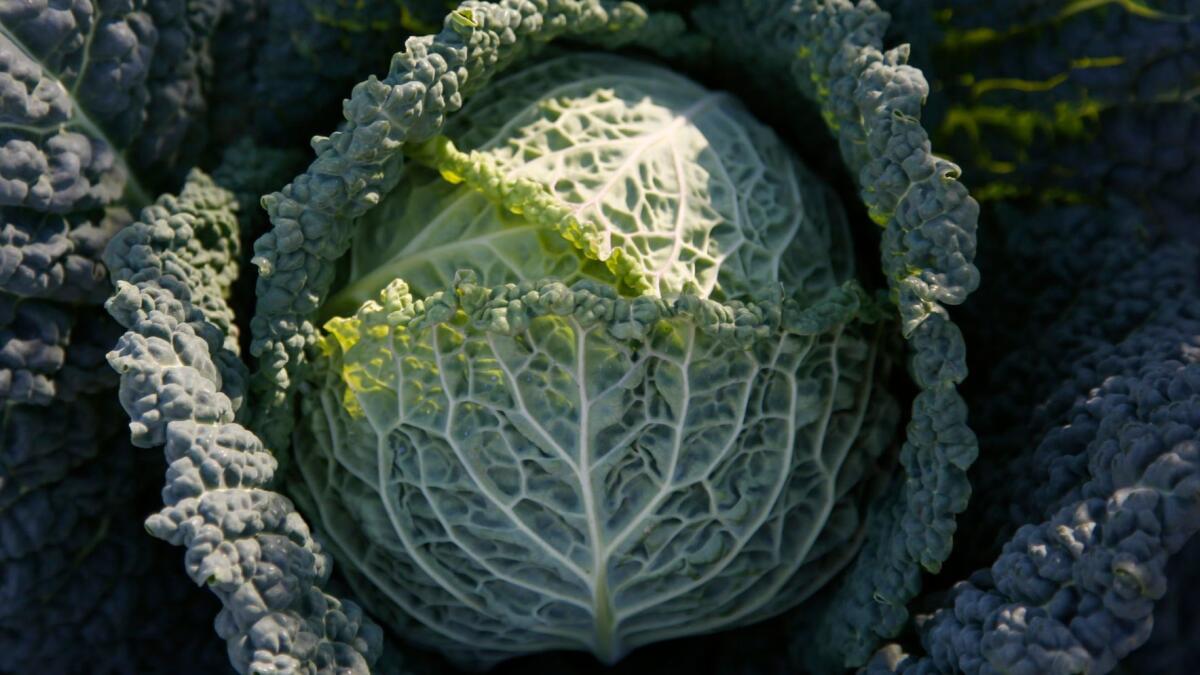
Carrots
Carrots need a loose, stone-free soil to thrive. Stick to shorter varieties if you can’t provide 12 inches of the ideal soil or you want to grow in containers. Carrots also grow best from seed, Heyming said. Expect to thin unless you space when you plant. (See beets.)

Kale
This leafy brassica is both tasty and attractive, a perfect pick for edible landscapes. Indeed, ornamental kales have a sweeter taste and more vivid colors after a frost, according to Sunset. Kale get big, so make sure containers are 10 inches deep, one plant per pot.
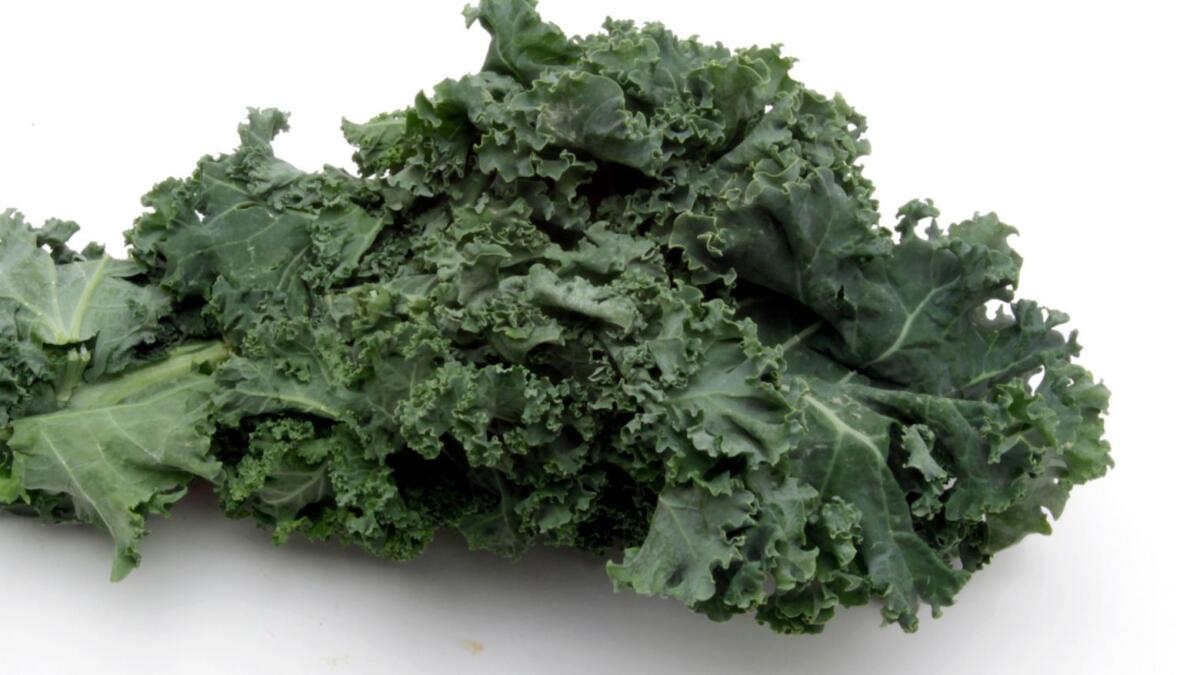
Leafy greens
Lettuces, spinach, arugula, chard, mustard and other tasty salad fixings all thrive in cooler temperatures. Heyming warns not to plant too many seeds at once….make successive plantings every few weeks, and expect your first harvest within a month.

Onions/garlic
Onions require a specific amount of daily sunlight to make a bulb. Sunset recommends short-day varieties for SoCal, but Heyming says any variety works for bunching onions, known as scallions. She and Sunset recommend the “Candy” variety. Plant garlic cloves pointy end up. Cut off the “scapes” (leafless flower stalks) to create larger heads, and use them for cooking. Harvest around June.
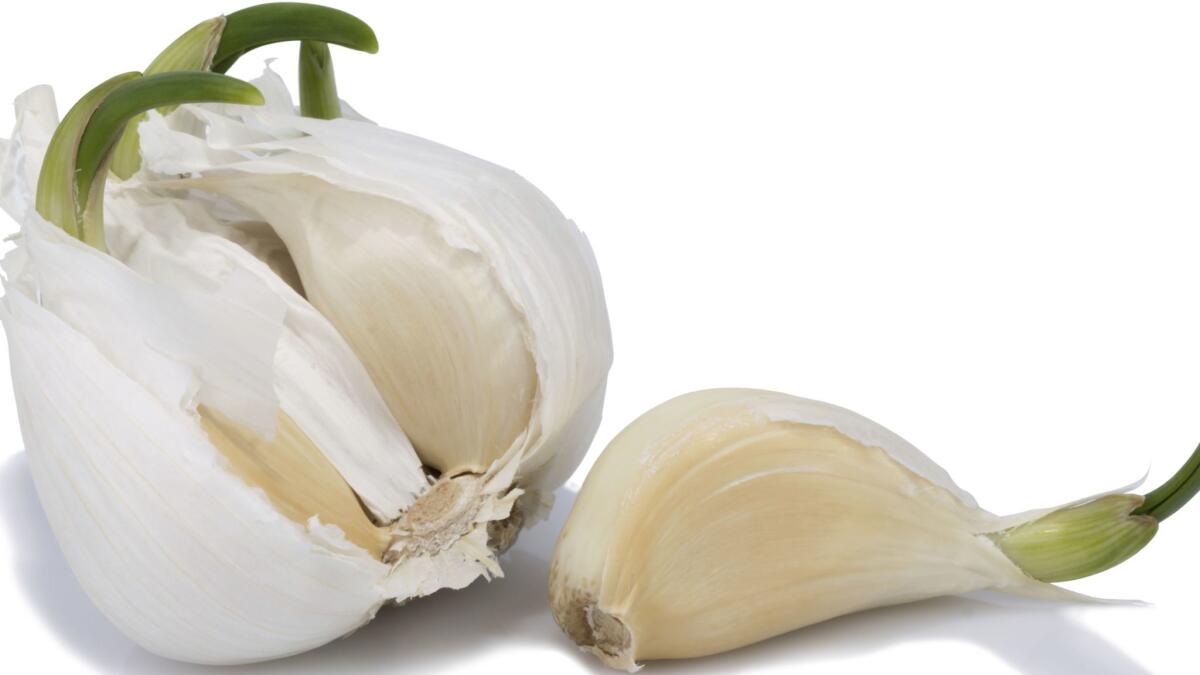
Peas
Peas germinate slowly, so don’t give up, Heyming said. Provide a trellis or cage so they can climb (even bush varieties like a little support). Peas do well in containers at least six to eight inches deep and 16-18 inches wide.
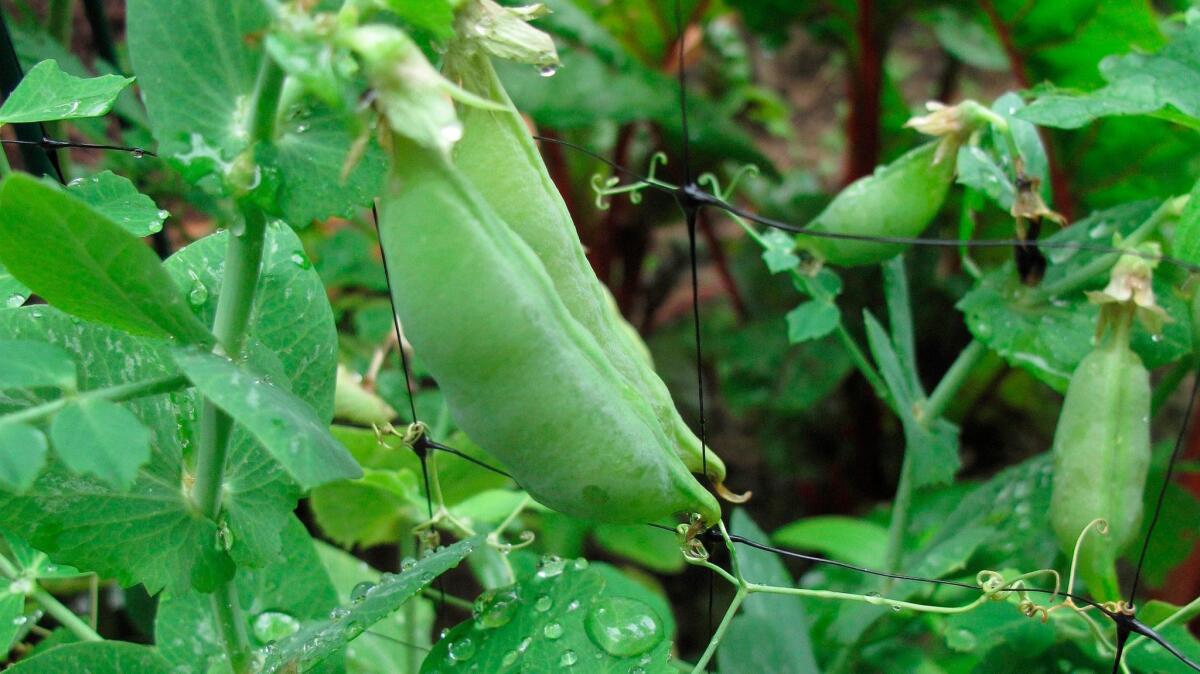
Potatoes
Cut seed potatoes into chunks with two eyes each and let them dry for two days before you plant. Make sure tubers are always covered with soil. (Sun exposure makes the skins green and toxic). Harvest new potatoes when the sprawling plant blooms, mature potatoes when the plants die down. “Yukon Gold” is a versatile favorite.
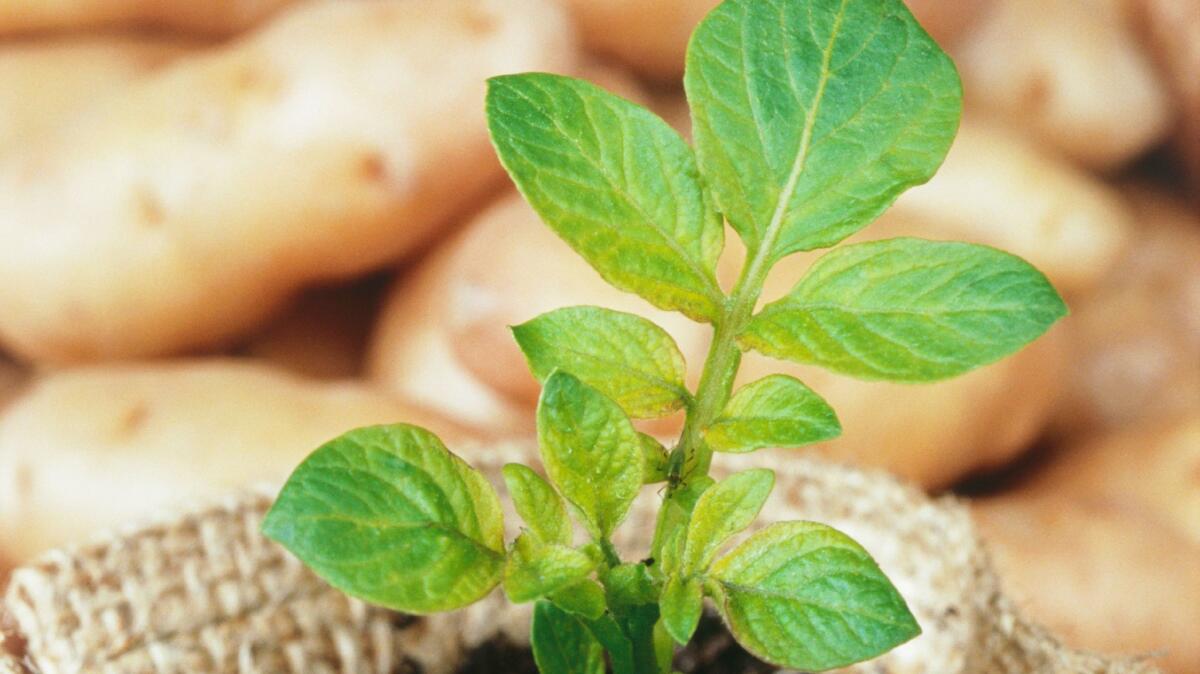
Radish
Add color and snap to winter with spicy, quick-growing radishes. Some are ready in a few weeks, Heyming said, so plant in intervals for a continuing crop. Easy to grow in pots 16 inches wide and at least four inches deep. Pick radishes as soon as they mature; left too long in the ground they turn woody, Sunset warns, and “overly pungent.”
